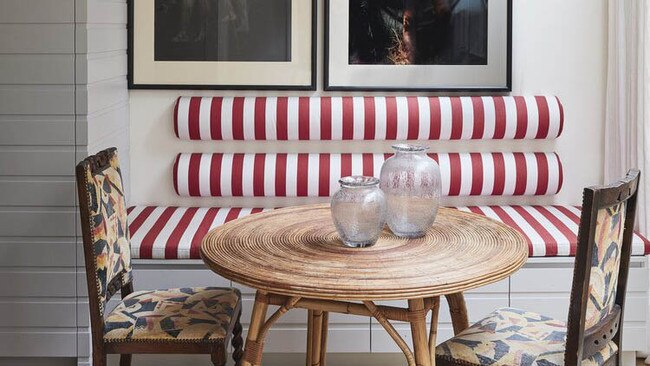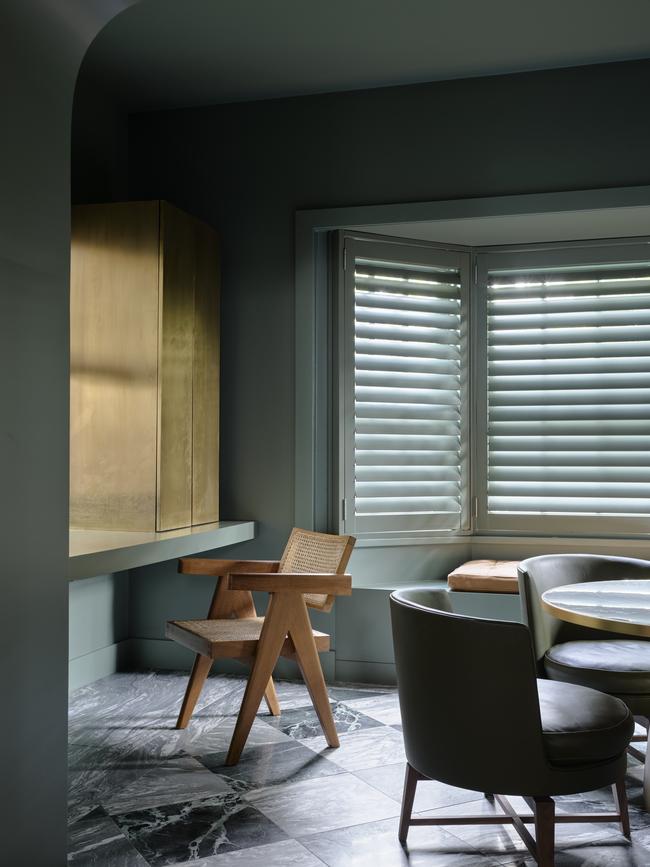These are 2021’s biggest interior design trends
The colour factory has called it: 2021 is worthy of not only one, but two shades of the year. But what are the other trends to know?

It has been decried as a PR stunt and rejected by edgy designers who consider themselves above trends. But there’s no doubt it makes headlines every year when the Pantone Color Institute announces its colour of the year. There was Living Coral (2019), Ultra Violet (2018), Tigerlily (2004). And who can forget 2008’s statement: just plain Blue?
Now, Pantone has deemed 2021 worthy of two colours: Ultimate Gray, a soft but stable grey, and Illuminating, a bright, sunny splash of yellow. The combination is pointed: one is classic and reliable, a staple of interior designers everywhere (think Farrow & Ball’s ubiquitous Elephant’s Breath), and the other exuberant and cheerful. Everything you would want out of the coming year, basically.
Leatrice Eiseman, executive director of Pantone Color Institute, told Time that after 2020, a colour choice “conveying a message of strength and hopefulness that is both enduring and uplifting” was necessary. Pantone’s colour of the year predicts trends and reflects the coming mood in wardrobes and homes. So we’ve spoken to leading interior designers about some other trends set to dominate next year.
Handmade
Have you asked for a kiln for Christmas? Apparently we’re all coveting organic, earthy textures and favouring handmade over machine. “Traditional crafts and techniques like weaving, marquetry and sculpture are having a resurgence as consumers crave handmade finishes that display human touch and skill,” says Joseph Gardner, Vogue Living’s style editor. “It plays into the idea of time being the greatest luxury, we now see great value in works that have been slowly considered and developed.” The look includes ceramics, hand-rendered wall finishes and rush seating.
Flexibility
With the pandemic bringing our whole world indoors, interior designer David Flack of Flack Studio says: “In the new year we will see renewed focus on studies, libraries, games rooms, living spaces and kitchens as flexible spaces that can look after multiple needs.” He emphasises layering, textures and art to help make our rooms feel intimate, safe and comfortable.

Character, not minimalism
Interior designer Tamsin Johnson is known for her eclectic mix of vintage, antique and found objects, and her style has become increasingly in demand. “People seem to be looking for more character in their home now too, rather than minimal or sterile spaces. They want warmth and comfort. You can see this in a movement back towards larger, softer furnishings and layered interiors full of character,” she says. Get the look by scouring independent sellers and looking to pieces that reflect your individual style.
Home as a mood
For reasons no one needs reminding of, our homes need to be a safe space. Interior designer Steve Cordony says: “Personal scent, lighting and music will be key to creating a sanctuary.” Beyond the “tangible elements”, Cordony suggests unique playlists and candles can give a home that custom touch and balance when working from home. He says he prefers “the Citation range from Harman Kardon. It’s a minimalist addition to any home living space.”
Circular economies
Eco-friendly living isn’t new, but every year design responds differently. “More traditional antiques will be making a comeback, particularly those from the 18th century and 19th century,” says Johnson. This will see a move away from showrooms to connecting with individual dealers and brokers.
Cordony adds that “the push for socially ethical and eco-friendly materials will be bigger than ever. We will also move towards introducing neutral, organic palettes of soft calm colours to the home.”

One of a kind
As anyone in the design industry will point out, replica furniture proves a huge issue for both the economics of interiors but equally the environment. Consumers are waking up to this fact, and a luxury purchase now usually means finding a one-of-a-kind piece that no one else will have. That might be a vintage B&B Italia sofa imported from Italy or a rare Pierre Jeanneret chair (of which replicas are virtually impossible not to run into), but 2021’s big spenders likely won’t be looking to showrooms for their big ticket items and instead turning to dealers and designers to source them that rare find. “One of the things I look for when designing is finding things that are one off and I think the further we go back in period furniture and antiques, the more obtainable this is,” Johnson shares.
